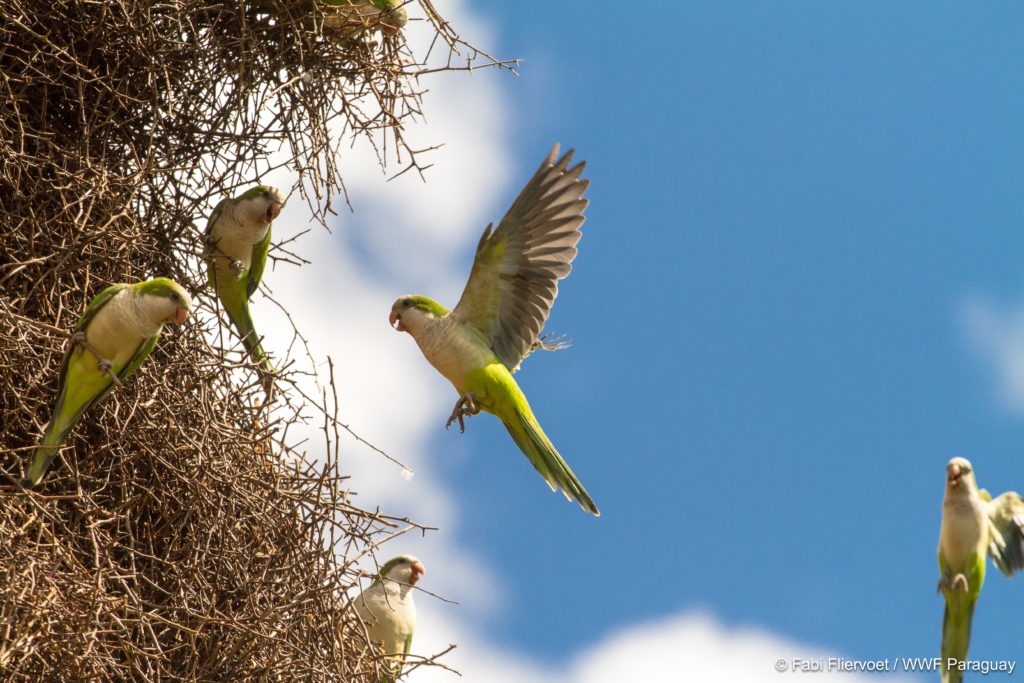Agricultural production has come to threaten savannahs, grasslands and wetlands worldwide as well as in the Colombian Llanos (Orinoquia) and the Paraguayan Pantanal. The national governments from Colombia and Paraguay have an ambitious development agenda for the savannas in the Llanos and Pantanal.
The pressure on the natural areas in the Llanos and Pantanal is constantly increasing with the demand for its main agricultural products like palm oil, soy or rice as well as for meat and milk. Additionally, climate change will most likely intensify this pressure. Unfortunately, ecological and social consequences are not or only insufficiently reflected in current decision making, even though there are first tools available for a more sustainable land-use planning.
Additionally, the combined impacts of climate change, agricultural expansion, land use change and global markets are not well understood and scientific models are needed to understand and mitigate future developments.
Until today, the ongoing mismanagement of grassland ecosystems has received insufficient attention from policy makers. The percentage of protection for grasslands is lower than for all other biomes.
The project will develop and improve methods to reach a sustainable land use planning for the project regions, consider biodiversity and carbon as well as hydrological dynamics and potential GHG emission savings. The methods will be developed through intense collaboration with stakeholders from policy, economy, science and civil society and supported by capacity building for more sustainable land use planning.




